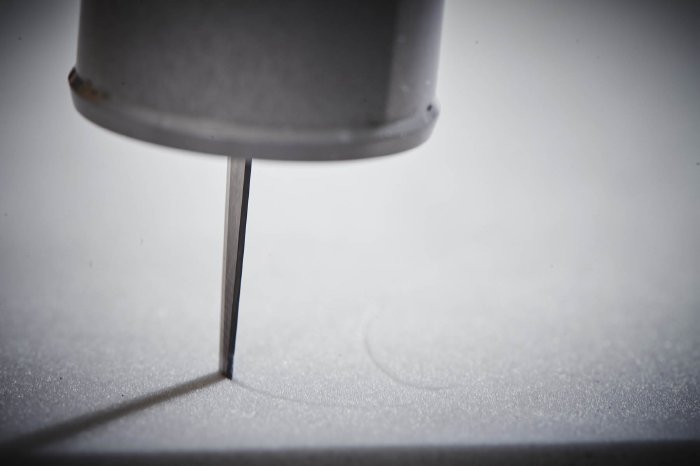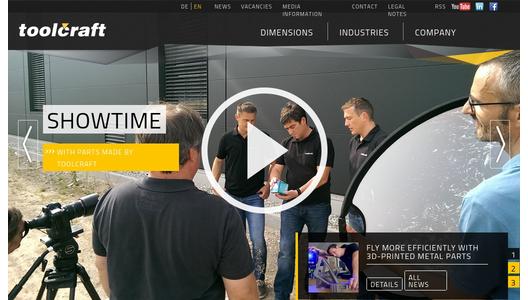Universally applicable automated solutions
"Robotics technology has a long history of development. At first, the technology was primarily used in the automotive industry; however, robots can now be found in almost every sector," explains Thomas Wieland, team leader robotics at toolcraft. This is where the company's new business area comes in. "Cell space, robots, and tools are all individually tailored to the preferences of our customers," says Wieland. "As a result, there are no limits in terms of the industry or area of application." Nevertheless, the optimal way to link together individual production steps in a logical order must be explored. This is how automated solutions in areas like metalworking and plastics processing, wood and model construction, as well as material finishing are developed. Machining, grinding, drilling, cutting as well as deburring, polishing and measuring are all possible depending on which robots are used. This is how customised solutions are developed, independent of the industry or area of application. Moreover, these solutions can be tested in house using test installations.
Offline programming regardless of application
In the field of practical robotics, the company also offers everything necessary in terms of programming. Toolcraft's long-term cooperation with the software company unicam is particularly valuable here. The new Octopuz software makes it possible to program the automated solutions offline. Simulation software is suitable for every path-sensitive robotic application and is therefore capable of being used in a variety of ways. The user can simulate all components in the cell as well as multiple robots at the same time offline. “Its versatility makes it ideal for every industry using robotic production technologies. The program can be individually tailored to meet the needs of specific customers. When it comes to the most complex applications, no other software is as capable," explains Johannes Krebs, managing director of unicam.
Digital transformation as a driving force
A robotics solution provides a wide range of different processing possibilities, making it more flexible than conventional CNC machines – and it also costs less. The digital transformation has led to increased sales in the area of robotics. Possibilities provided by digital networking are opening up automated solutions in many industries and areas of application. The connection between man and machine is at the forefront here. The goal, however, is to use robots as a sensible complement to manual labour, rather than as a substitute. At the push of a button, robots can optimise production processes, thereby creating space for creative ideas.



